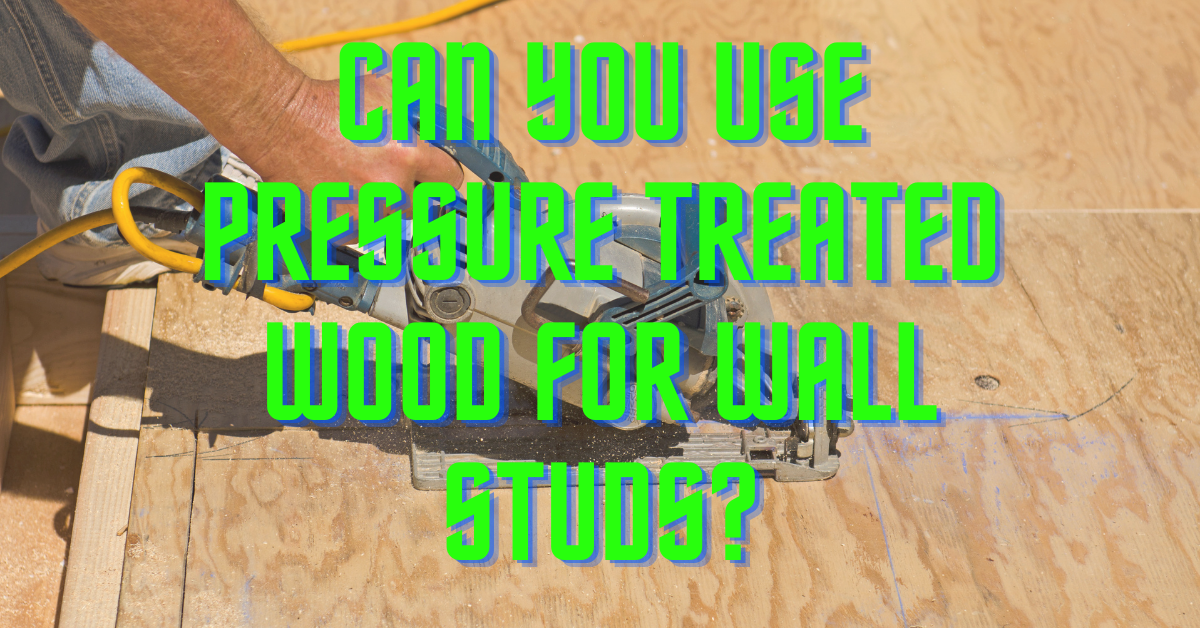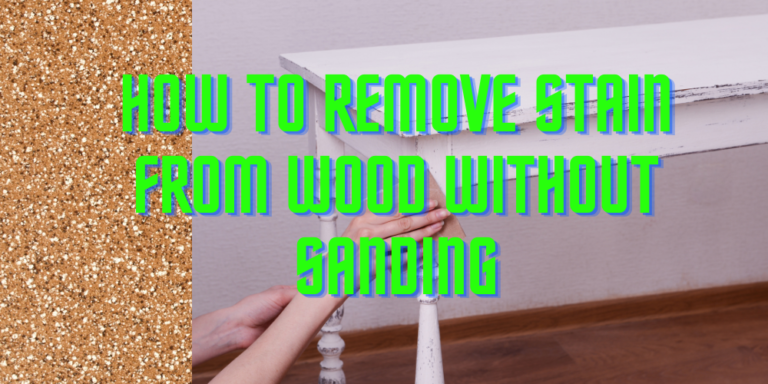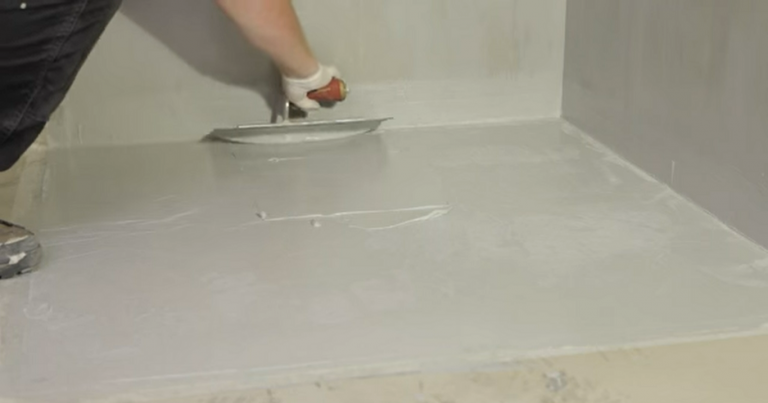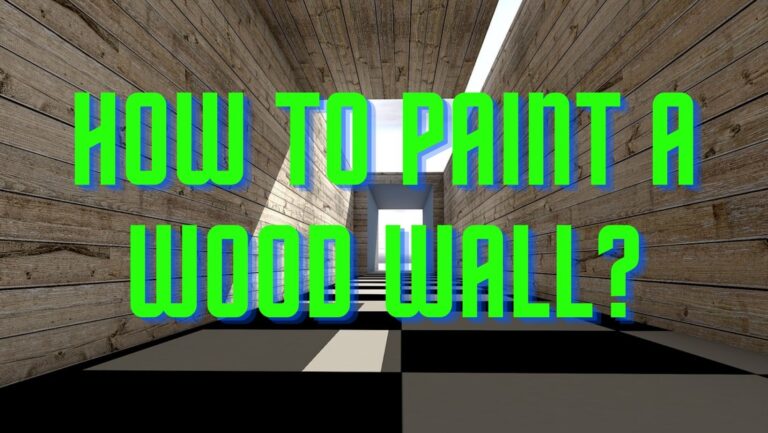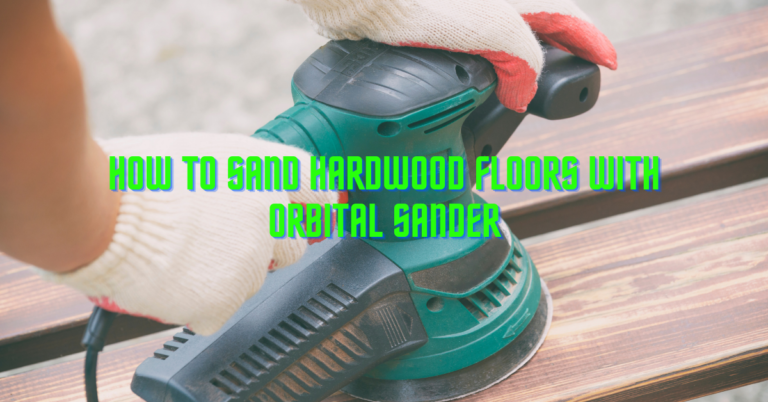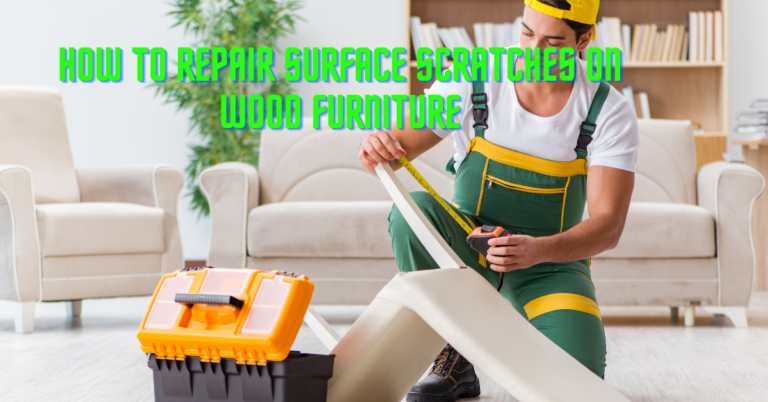Can you use pressure treated wood for wall studs?
Pressure-treated wood is an excellent and standard option for framing and other interior applications due to its resistance to rots and insects and its long-lasting ability. Although, due to the potentially toxic chemicals that it contains, it’s never advisable to use lumber on countertops and cutting boards.
However, while you read through this post, you get a detailed understanding of the above question, “can you use pressure treated wood for wall studs? ” then you’d be able to know how best it works and also how to stay safe while making use of pressure treated wood.
We also addressed the controversial issues of whether or not there are adverse effects to using pressure treated wood indoors.
All at a Glance
Pressure treated wood for wall studs?

As much as there have been many concerns regarding using pressure treated wood for interior applications, some carpenters and designers have shown their worries that pressure-treated wood will leash harmful chemicals into the home.
Still, according to Environmental Protection Agency (EPA), there is a wide range of toxicity depending on the type of pressure-treated wood. I can assure you there’s little or no harm when used indoors, provided you do not use this lumber on surfaces with food contact.
You put on a respirator to avoid breathing in harmful sawdust. Then yes, pressure treated wood can be used for wall studs. However, generally and practically, there is little or no difference when working with pressure-treated lumber and non-treated lumber.
Pressure treated wood adds weight to wood, so you definitely should expect more work from home framed with pressure treated lumber. Meanwhile, both the treated and non-treated lumber have the same strength and support capability.
Pressure treated wood can also be used where the frame touches the foundation.
Having discussed all of that, we should also know ourselves as we dive into a more detailed discussion about pressure treated wood and wall stud.
Effects of a wall stud
Firstly, we need to know what a wall stud is before fully understanding what it does. A wall stud is a vertical two-by-four inch beam that supports the home’s frame. It could be found behind the drywall, approximately 16 to 24 inches apart.
If you desire structural support, you want to use the studs as they are usually sturdy and are thick metal or wood that secures screws on the wall.
Also, wall studs are essential during building and renovation projects because they form the wall’s framework.
In addition, when you need a solid foundation for shelves and cabinet installation on walls, this is where these studs come in handy. They provide structural stability to a large number of dwellings and non-masonry structures.
Identifying studs in walls
Having an insight on what a wall stud is and telling if there’s a stud in the wall are two different things. It is much easier to identify when you see one lying on the ground, but identification becomes complex when it’s in the wall.
Wall studs are essential in many scenarios like repairing drywall, trim work and installing wall-mounted appliances or fixtures. All of these, apart from building in houses. So it’s all good if you learn where these studs are located as it helps find a rigid place for your nails to drive in.
Also, wall studs are needed to hang decor in your homes effectively. So wall studs should first be identified before making any heavy hangings as drywall can quickly crumble and doesn’t support heavyweight.
Luckily, we do not need to tear down drywall in a stud hunt whenever an installation project is done. An electronic device helps to navigate your way around these attachments.
These small, handheld devices show you where the studs are as you slide along the finished wall. They also scan the wall density and thus, give a beep alert when it senses a stud.
What makes pressure treated lumber pressure treated?
It takes regular lumber and pressure for pressure treatment to force chemicals into the wood, which eventually leads to change in coloration and changes in the makeup of the wood.
In years back, pressure-treated wood included chemicals shown to cause harm to humans as compared to modern pressure-treated wood that uses borates and other milder chemicals which aren’t dangerous.
The chemicals used in pressure treated lumber make it quite tricky for funguses like mold/mildew and bacteria to eat away the woods, making it distasteful to insects. These chemicals also provide rot and insect resistance.
However, because these microorganisms are present in relatively all moist environments, pressure treatment is a great way to keep wood that might get wet.
Reasons to use pressure treated lumber
Although wood is an excellent material for construction projects, modern constructors design magnificent structures. However, if you’re considering pressure treated wood, we still have to emphasize your project’s needs.
Pressure treated wood doesn’t deteriorate as natural wood, and it offers enhanced durability for construction projects. If your wood comes in contact with moisture, you may need to consider treated lumber as the wood usually comes in handy in regions where there’s the risk of excessive moisture.
However, when making use of the following materials,
- You should make use of treated woods.
- Beams and underground posts or come in contact with the ground.
- Wood touching masonry or concrete because these materials are porous.
- Retaining walls that hold back soil and supports landscaping.
Furthermore, it is best to go for pressure treated wood for landscaping projects and outdoor decks because of its durability.
Meanwhile, apply a sealant to a ground-contact application as this would not last long in its absence.
However, following expert advice, the treatment needed by a wood depends on how you use the wood.
So if you’re using it for indoor projects, you can consider slightly treated or regular wood. And on the other hand, consider extra tips on wood treatment if you want to engage in exterior projects.
Note: Ensure to get gloves and face protection when cutting the wood as the chemicals in treated wood consist of pesticides. Also, you can protect your skin if you need to kneel and lean on the sides by painting the exposed wood surface with a water-repellent paint, stain, or finish.
Should pressure treated wood dry before using it?
Yes! Pressure-treated wood should be allowed to dry before using as moisture causes the lumber the expand, which is not a good prerequisite for painting or staining.
Fortunately, some techniques such as storing lumber in a dry place and allowing it to dry naturally, as well as using a homemade kiln, help you to dry the wood without exposing it to warping.
To know if the wood is dry and ready for use, make do with the sprinkle test. This procedure is quite simple as it requires sprinkling water on the wood surface and checking if the wood absorbs it in 10 minutes or less.
The disappearance of the moisture in 10 minutes tells you you’re good to begin painting. Meanwhile, if the water remains on the wood surface, it’s just best you give it some extra time to get thoroughly dried before use.
When pressure-treated wood gets wet, what happens?
There are no two ways; if pressure treated lumber gets wet, it is ineffective for painting, staining, varnishing, waxing, and finishing. And this is because the protective formulas cannot penetrate deeply into the wood fiber or stick firmly into the lumber’s surface, which tells you to dry the treated lumber entirely before using it.
Also, wet pressure treated lumber causes a gap on the deck if there is excess moisture in the wood fibers because ordinarily, wet-treated lumber shrinks about 1/4 inch once it dries. Fortunately, you can sort the issue by fattening the planks as tightly as possible to the prior board.
Lastly, make it a habit to fasten the planks tightly since a natural gap would even occur anyway.
When pressure treated wood is painted too soon, what happens?
Though treated wood has several chemicals used to protect it from potentially destructive pests, you still need to stain or add an extra coat of paint to preserve it from harsh weather conditions.
Be reminded that if you do not prepare the wood sufficiently, the paint or stain will not adhere properly to the wood surface, which means that the wood will not get sufficient coverage, and you’d have to repaint or restain later.
Final thought: Can you use pressure treated wood for wall studs?
In this post, we were able to answer whether pressure-treated wood can be used for wall studs or not. And following that, we explained that despite several frowning against using pressure treated wood for interiors, it causes absolutely no harm provided you do not use them in surfaces in contact with food, and you also follow safety precautions while embarking on the project.
This article also gives us further details on what wall stud and treated lumber mean and how they apply to our day-to-day lives.
Important Reads:

